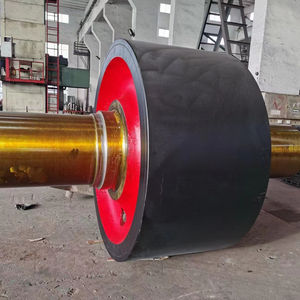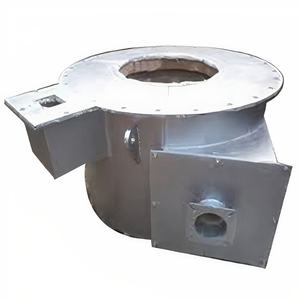The primary piece of machinery employed within the construction, demolition, and disaster recovery sectors for the efficient and safe handling of heavy debris is the **Excavator**. This versatile heavy equipment serves as the fundamental platform for debris manipulation tasks. While often recognized for its primary function of earth excavation using a bucket, the excavator’s true power in debris handling lies in its highly adaptable hydraulic system and the ability to utilize a wide array of specialized attachments mounted on its boom and stick assembly.
(what is the piece of machinery called that you use to pick up and move heavy debris)
An excavator consists of a robust undercarriage, typically employing tracks for superior stability and low ground pressure on uneven or soft terrain, though wheeled variants exist for improved road mobility. Mounted on a rotating upper structure (the house) are the operator’s cab, the powerful diesel or increasingly electric/hybrid power plant, and the essential hydraulic pumps and control valves. The defining feature is the articulated boom, stick (or dipper), and attachment linkage. This articulation, powered by hydraulic cylinders, provides exceptional reach, precision, and lifting capability necessary for navigating complex debris fields, reaching over obstacles, and placing materials precisely.
The standard excavator bucket is effective for bulk removal of mixed debris like soil, concrete chunks, and broken masonry. However, the machine’s versatility is exponentially increased through interchangeable attachments. For specifically picking up and moving heavy, often irregularly shaped debris, the following attachments are most commonly deployed:
1. **Grapple (Hydraulic):** This is arguably the most critical attachment for dedicated debris handling. Hydraulic grapples consist of two or more opposing jaws (tines) that clamp onto debris. They come in various configurations:
* **Rotating Grapple:** Incorporates a hydraulic rotator between the stick and the grapple itself, allowing 360-degree continuous rotation. This is invaluable for precisely orienting debris during lifting and placement, significantly enhancing efficiency and safety.
* **Clamshell Grapple:** Features two large, curved jaws operating like a clamshell, ideal for scooping up loose debris piles.
* **Skeleton Grapple (Rake Grapple):** Constructed with spaced tines, allowing smaller debris to fall through while retaining larger pieces. Excellent for sorting and handling bulky items like logs, scrap metal, or large concrete fragments.
* **Scrap and Demolition Grapple:** Heavily reinforced grapples designed for maximum durability when handling sharp, abrasive, or extremely heavy demolition debris.
2. **Hydraulic Thumb:** An accessory rather than a primary attachment, a hydraulic thumb is a single movable arm mounted opposite the bucket on the stick. It acts like a giant opposable thumb, allowing a standard bucket to clamp debris securely between the bucket and the thumb, effectively transforming the bucket into a crude grapple for handling large or awkward items.
3. **Magnet:** For sites laden with ferrous scrap metal debris, powerful electromagnetic attachments can be fitted. These allow efficient lifting and separation of steel beams, rebar, machinery parts, and other magnetic materials without physical clamping.
The selection of the optimal excavator size (mini, midi, standard, large) and specific attachment depends heavily on the nature of the debris (size, weight, material), the constraints of the worksite (access, space), and the required reach and lifting capacity. Larger excavators provide greater lifting force and reach for massive debris, while compact excavators offer maneuverability in confined spaces.
Key operational considerations for debris handling with excavators include maintaining strict load charts to prevent instability or tipping, ensuring clear communication between the operator and ground personnel, utilizing proper rigging techniques for suspended loads, and meticulous inspection of the machine and attachments due to the high stresses and potential impacts inherent in debris work. Trained and certified operators are essential for safe and productive debris management.
(what is the piece of machinery called that you use to pick up and move heavy debris)
In summary, while various machines like loaders or cranes have roles, the hydraulic excavator, particularly when equipped with specialized grapples or magnets, stands as the preeminent, purpose-built machinery for the demanding tasks of picking up, manipulating, and relocating heavy debris across diverse industrial and recovery scenarios. Its power, reach, precision articulation, and unparalleled attachment versatility make it indispensable.


